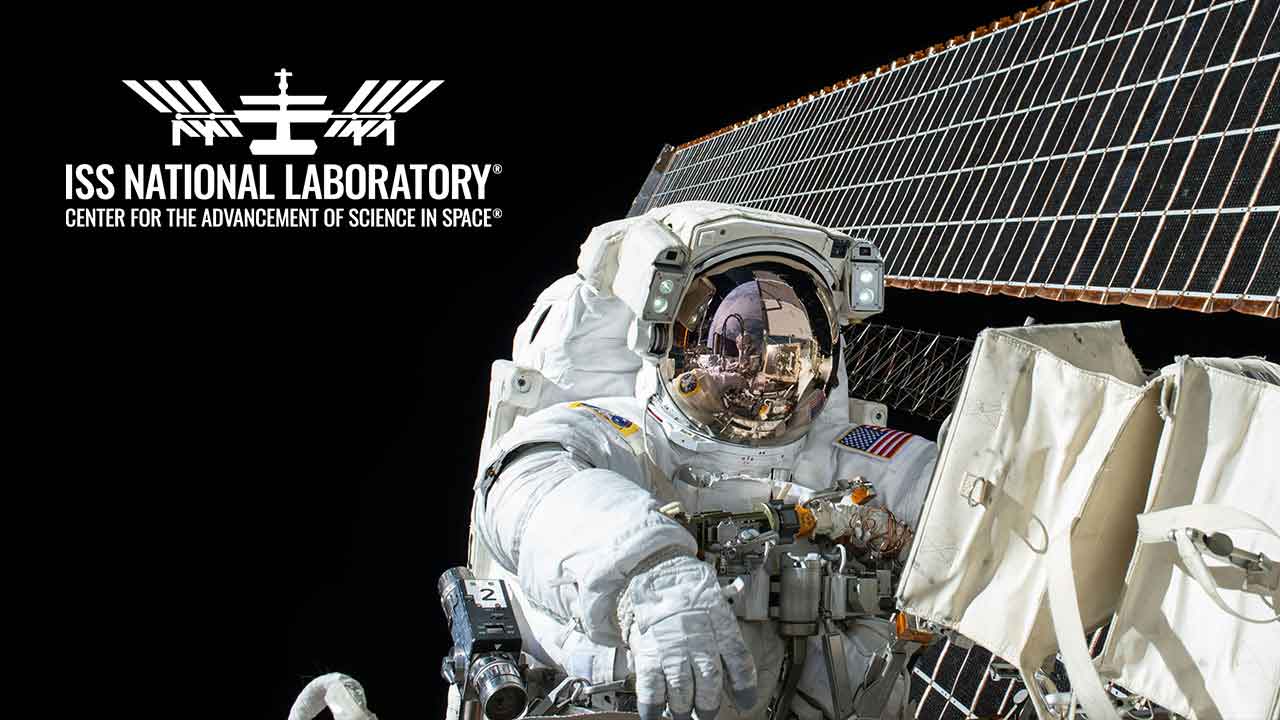Need to Invest in Space-Based R&D, Not Cut

By Sven Eenmaa, ISS National Lab Chief Economist
June 11, 2025
This piece is part of our Forging the Path series in which CASIS® experts and partners share knowledge and insight on managing a national lab in space.
Sven Eenmaa is the Chief Economist for the ISSInternational Space Station National Lab, where he works with entrepreneurs, investors, and industry partners to identify and mature promising economic value creation opportunities that can leverage the unique space environment.

Many of us who are space enthusiasts love to read about the prospects of the multi-trillion-dollar space industry that prolific industry consultants are so happily projecting. However, with the current FY26 federal budget proposals, it is important to remind ourselves what the near-term revenue and funding mix for nascent segments and companies in the space economy truly looks like. While the dependence on government funding varies, it’s fair to say that the earlier in the development and scale-up stage a space company is, the higher the chance of the company needing government-affiliated funding or demand, directly or indirectly. Furthermore, we have seen a recent shift in several newer but already well-established space companies toward defense opportunities that are driven by government budgets.
As characterized by some of the space industry veterans, the FY26 federal budget process looks more dramatic than anything they have seen in a while. Accounting for inflation, the White House budget request takes NASANational Aeronautics and Space Administration funding back to the level last seen in 1961. When it comes to research and technology development (R&D) in low Earth orbit(Abbreviation: LEO) The orbit around the Earth that extends up to an altitude of 2,000 km (1,200 miles) from Earth’s surface. The International Space Station’s orbit is in LEO, at an altitude of approximately 250 miles. (LEO), the following quote from NASA’s FY 2026 Budget Technical Supplement drives home the point:
“The budget significantly reduces research and other activities on board the ISS. ISS is replanning with a focus on maintaining minimal safe operations and very limited research essential to support Moon and Mars exploration until its retirement in 2030. ISS is evaluating how much to reduce the current U.S. crew and crew/cargo vehicle cadence.”
With a risk of stating the obvious, cutting cargo capacity and R&D throughput on the ISS, and hence cutting ISS National Lab capabilities, for the sake of near-term cost savings will have direct, substantial implications. It will significantly reduce the ability to develop, test, and validate technologies and products for a broad range of commercially viable applications. This, in turn, will reduce the ability to attract private capital to fully fund these new technologies and unlock their long-term economic potential.
What is likely not obvious for an external observer is that an extensive pipeline of R&D projects destined for the ISS already exists. Now, with substantially reduced resources, these projects will absorb most of the capacity that’s left, with little to no room for next-level iterations that drive technology closer to commercialization. There is now a very real risk of a near-term, multi-year gap in access to orbit for the R&D needed for several of these technologies to reach the commercialization finish line. Aside from the ISS, there is no comparable, alternative value proposition for the companies that require this R&D. This, in turn, will shrink the new business pipeline for the companies that provide the hardware and services to conduct R&D in space. It will introduce a severe risk of viability for these service companies. And it threatens the business prospects and services value chains for future commercial infrastructure for space-based R&D. It also dims the hopes of NASA becoming “one of many customers” for future commercial space stations.
We at ISS National Lab have already demonstrated material positive impact from R&D in LEO, working with close to 100 startups collectively raising more than $2.4 billion after their ISS flight projects. In 2023, ISS National Lab awards to companies for technology development allowed the companies to bring in additional funding from other sources that was eight times the amount originally awarded by the ISS National Lab. In early 2024, the matched funding increased to a ratio of nine to one. There have been new products launched and patents filed based on research through the ISS National Lab. Our recently launched Orbital Edge Accelerator, in partnership with global investors Cook Inlet Region, Inc., E2MC, and Stellar Ventures, is seeing strong demand from the space community. The value proposition here is very clear, and it works. ISS flight projects reduce the early-stage technology development and validation risk, allowing private capital to step in and take the lead.
It should be a priority for our nation to build a self-sustaining economy with private-capital-funded businesses in LEO that would provide a capital-efficient “steppingstone” to broader space exploration efforts for decades to come. There are strong geopolitical competitiveness merits to this and a strong potential for U.S. economic growth. But for that, we need to invest in R&D in LEO now, supporting innovation in areas with a line of sight to private capital engagement. Over the life of the ISS, R&D results have only gotten stronger. We’re now at the edge of reaching truly transformational results—on the verge of solving some of humanity’s biggest challenges. This is not the time to pull back, but rather, to accelerate.